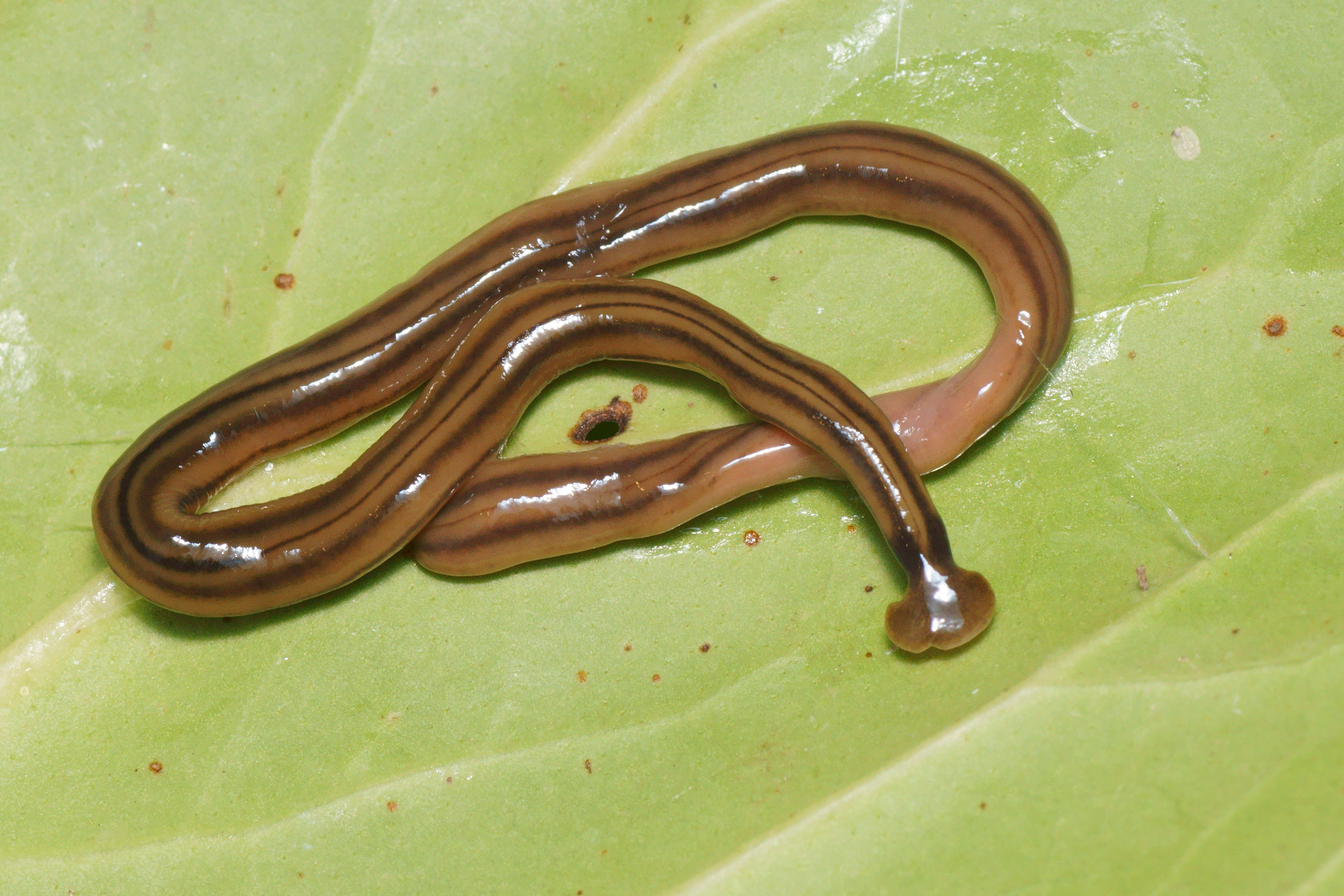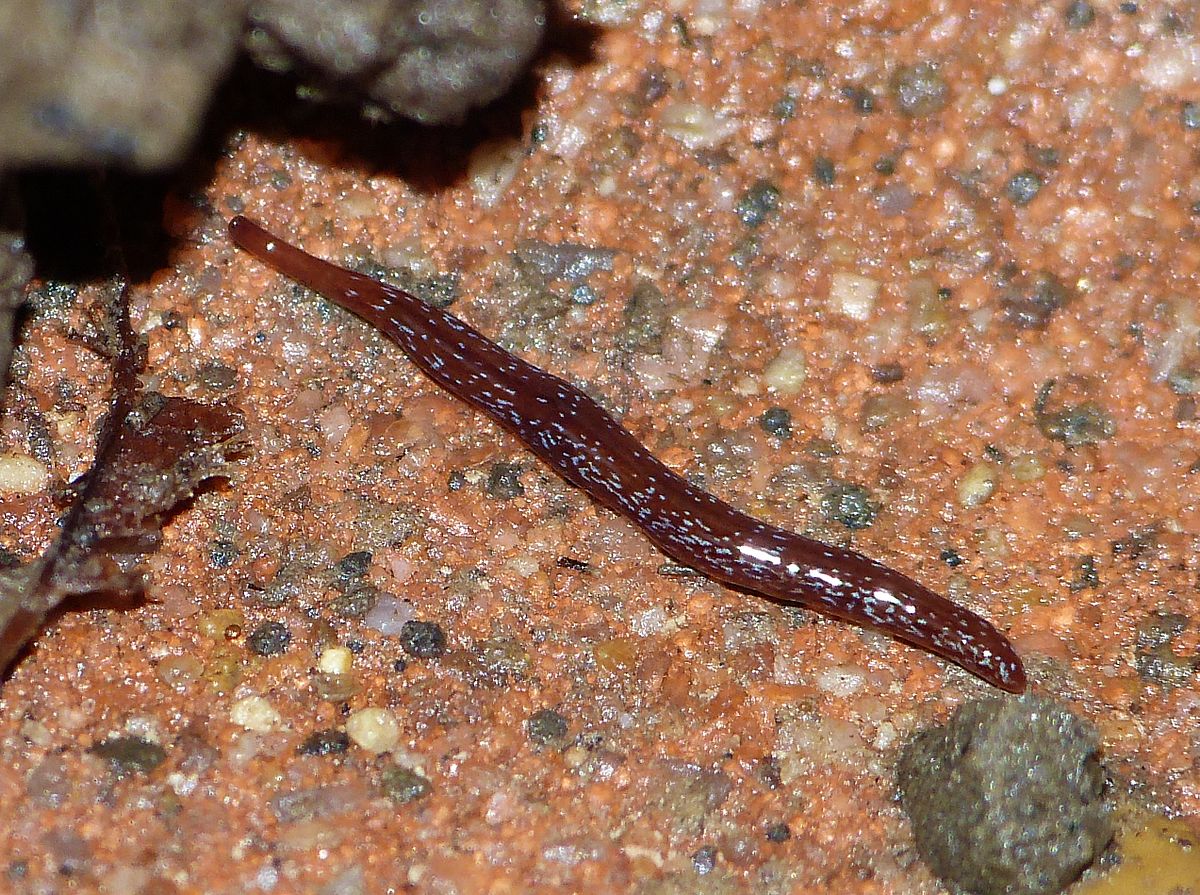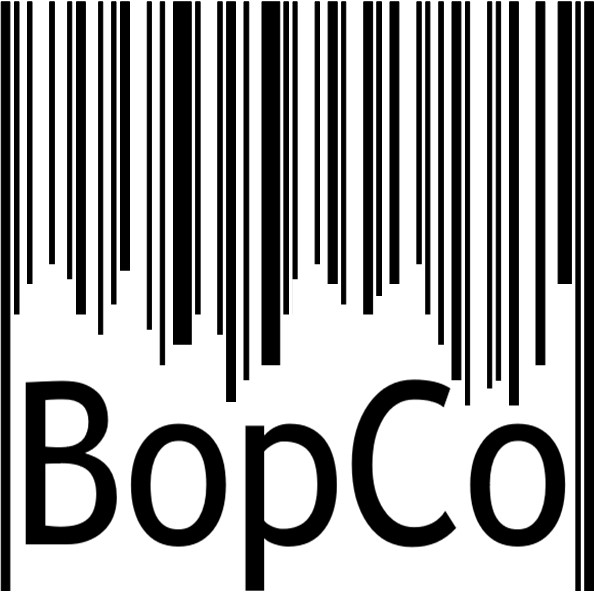Identifying invasive land planarians in Europe by DNA barcoding using currently available sequence data
Policy concern: invasive alien species

Alien terrestrial planarians have made their way to Europe in the past. Bipalium kewense and Dolichoplana striata are considered ‘old invaders’ from Asia and have been discovered/encountered in Europe since the 19th century. In the past decades a global trade in exotic plants has been established. As a result land planarians have been found in gardens, orchards, stores and greenhouses across Europe. These land planarians are predators of ground dwelling invertebrates and can severely disturb soil ecosystems, which in turn influences agricultural processes. Due to this potential danger, Arthurdendyus triangulatus (New Zealand flatworm) is the first flatworm which was added to the list of Invasive Alien Species of Union Concern in July 2019 (EU Regulation 2019/1262).
![Obama_nungara By Piterkeo [CC BY SA 4.0]](http://bopco.be/wp-content/uploads/2024/05/Obama_nungara-By-Piterkeo-CC-BY-SA-4.0.jpg)

![Australoplana_sanguinea_in_NZ By Jon_Sullivan [CC BY 4.0]](http://bopco.be/wp-content/uploads/2024/05/Australoplana_sanguinea_in_NZ-By-Jon_Sullivan-CC-BY-4.0.jpg)
![New Zealand flatworm (Arthurdendyus triangulatus) [CC BY 2.0]](http://bopco.be/wp-content/uploads/2024/05/New-Zealand-flatworm-Arthurdendyus-triangulatus-CC-BY-2.0.jpg)
BopCo investigates and evaluates the usefulness of publicly available DNA sequence data to reliably identify invasive flatworm species. The results are presented as factsheets (one per invasive alien flatworm species recorded in Europe) compiled using publicly available DNA sequence data and information aggregated from various sources.
Each factsheet consists of two major parts:
- a short introduction to the specific invasive alien species, compiling information on its taxonomy and current occurrence/distribution in Europe
- an investigation with respect to the usefulness of publicly available DNA sequences for identification using DNA barcoding
Additionally, BopCo compiled separate factsheets of animals and plants on the list of Invasive Alien Species of Union Concern.
Please use the following citation:
– For the Invasive Flatworms Factsheets web page as a whole:
BopCo – Barcoding Facility for Organisms and Tissues of Policy Concern. 2024. Invasive flatworms factsheets. BopCo. Belgium. Available from: https://bopco.be/projects/flatworm-factsheets, accessed on DD-MM-YYYY.
– For an individual invasive flatworms factsheet:
See at the end of each factsheet.


